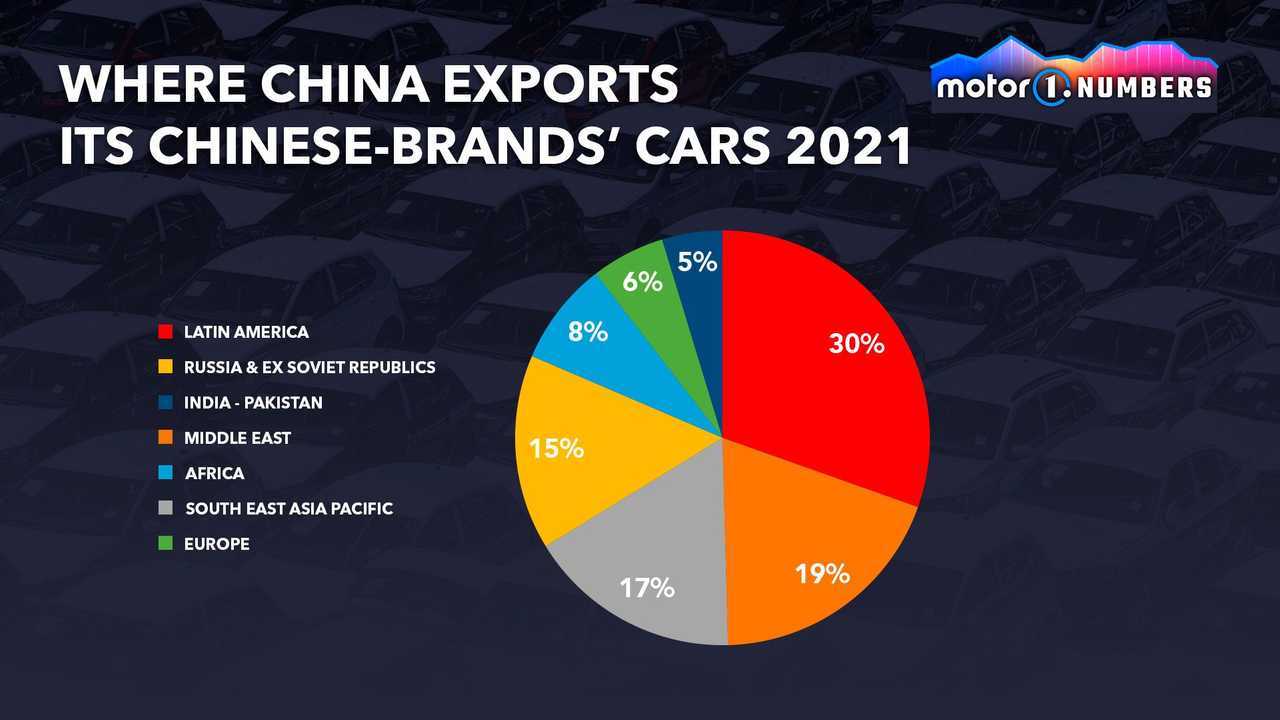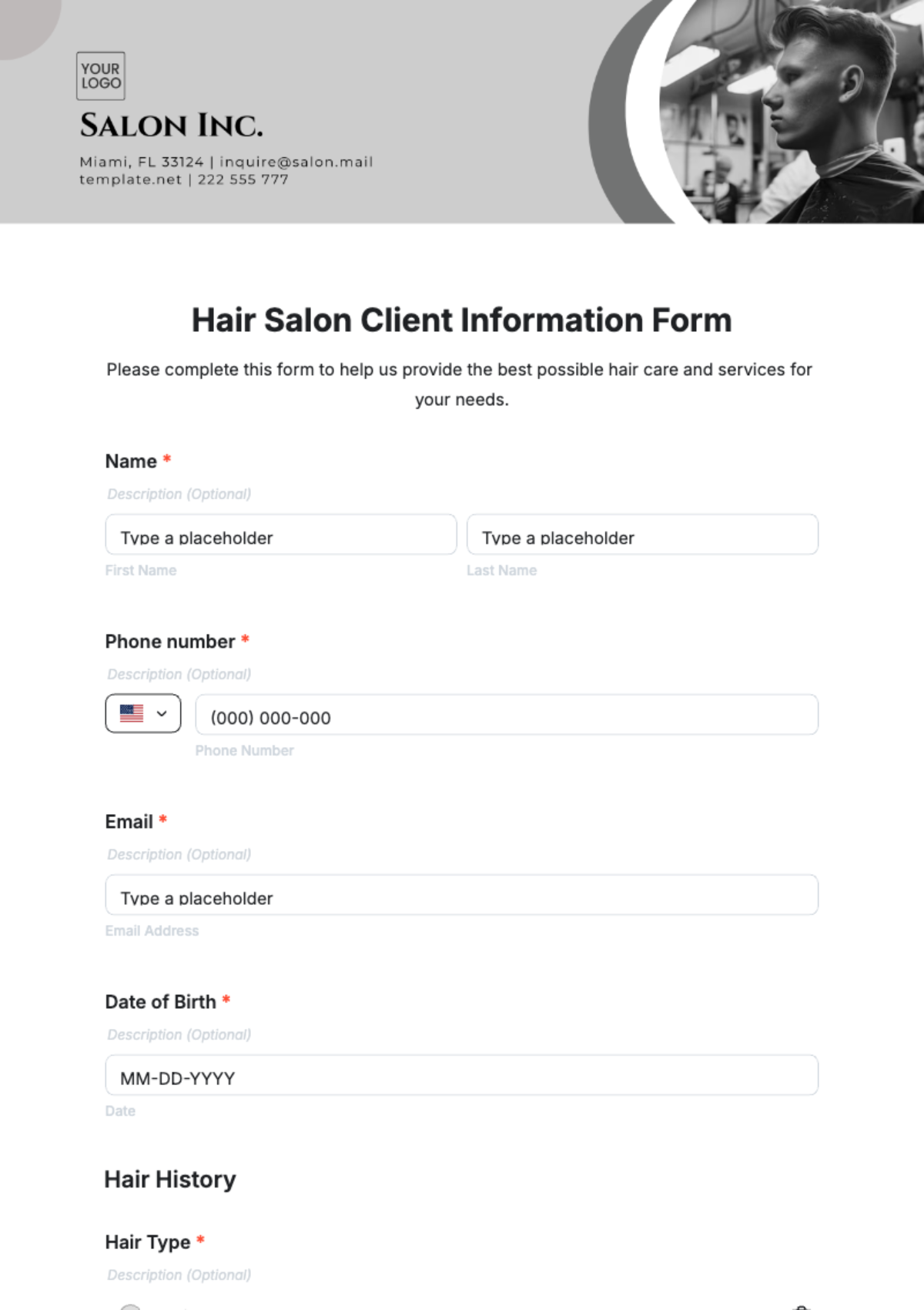The Complexities Of The Chinese Auto Market: Lessons From BMW And Porsche's Experiences

Table of Contents
Navigating the Regulatory Landscape of the Chinese Auto Market
China's automotive regulations are stringent and constantly evolving, impacting everything from emissions standards to manufacturing processes. Understanding and adapting to these regulations is paramount for any automaker aiming to thrive in this competitive market. Failure to comply can result in hefty fines and market restrictions.
- Stringent emission standards (Euro 6 equivalent and beyond): China is pushing for increasingly stringent emission standards, requiring automakers to invest heavily in cleaner technologies and vehicle electrification. Meeting these requirements is a significant cost and technological challenge.
- Complex import tariffs and taxes: High import tariffs and taxes significantly increase the cost of imported vehicles, making localization a crucial strategy for competitiveness. Understanding the intricacies of these taxes is essential for accurate pricing and profit margin planning.
- Localization requirements for production: The Chinese government actively encourages localization of production, requiring foreign automakers to establish manufacturing facilities within the country. This involves significant investment but offers access to a larger market share.
- Ever-changing government policies and incentives: Government policies and incentives can shift rapidly, affecting production quotas, tax breaks, and other aspects of the business. Continuous monitoring and adaptation are essential.
- Bureaucratic processes and approvals: Navigating the bureaucratic processes for approvals and certifications can be time-consuming and complex, requiring expertise in local regulations and procedures. Building strong relationships with relevant government agencies is crucial.
Understanding Consumer Preferences in the Chinese Auto Market
Consumer preferences in China are diverse and rapidly changing, influenced by factors like technological advancements, brand perception, and evolving lifestyles. Understanding these preferences is key to developing successful marketing and product strategies within the Chinese auto market.
- Preference for SUVs and electric vehicles (EVs): SUVs and EVs enjoy significant popularity in China, driven by factors like changing lifestyles, government incentives for EVs, and a growing awareness of environmental concerns. Automakers must cater to this demand.
- Importance of brand prestige and status symbols: Luxury brands hold significant appeal in China, reflecting a desire for status and success. Marketing campaigns need to effectively communicate brand prestige and value.
- Growing demand for technologically advanced features (connectivity, autonomous driving): Chinese consumers are early adopters of technology, placing a high value on features like advanced connectivity, infotainment systems, and autonomous driving capabilities.
- Influence of social media and online reviews: Social media and online reviews play a significant role in shaping consumer opinions and purchasing decisions. Managing online reputation and engaging with consumers online are vital.
- Regional variations in consumer tastes: Consumer preferences can vary significantly across different regions of China, necessitating regionally tailored marketing and product strategies.
BMW's Strategy in the Chinese Auto Market: A Case Study
BMW's long-standing presence in China provides a compelling example of successful market penetration and adaptation within the Chinese auto market. Their strategy highlights the importance of localization, understanding consumer needs, and adapting to market dynamics.
- Early localization strategies (manufacturing, R&D): BMW established manufacturing facilities and R&D centers early on, enabling them to cater to local preferences and avoid high import costs.
- Targeted marketing campaigns tailored to specific consumer segments: BMW implemented targeted marketing campaigns to reach various consumer groups, leveraging different media channels and messaging strategies.
- Strong dealer network and after-sales service: A robust dealer network and excellent after-sales service are essential for building customer loyalty and ensuring customer satisfaction. BMW invested heavily in these aspects.
- Investment in electric vehicle technology and infrastructure: BMW has made significant investments in electric vehicle (EV) technology and charging infrastructure, recognizing the growing demand for EVs in China.
- Partnerships with local companies: Collaborating with local companies facilitated navigating regulatory hurdles and understanding local market dynamics.
Porsche's Approach to the Chinese Auto Market: A Different Perspective
Porsche's strategy, while focusing on the high-end luxury segment, also highlights the importance of adapting to unique market dynamics within the Chinese auto market. Their approach emphasizes exclusivity, personalization, and digital engagement.
- Focus on high-end luxury and brand exclusivity: Porsche maintains a strong focus on its brand's exclusivity and luxury positioning, appealing to affluent Chinese consumers seeking prestige.
- Emphasis on personalized customer experiences: Porsche provides personalized customer experiences, tailoring services and offerings to individual preferences, enhancing brand loyalty.
- Strategic partnerships and collaborations: Porsche has strategically partnered with local companies to enhance its market presence and distribution networks.
- Leveraging digital marketing channels: Porsche effectively leverages digital marketing channels to reach and engage with its target audience, utilizing social media and online platforms.
- Adapting product offerings to suit Chinese preferences: Porsche has adapted some of its product offerings to better suit the tastes and preferences of Chinese consumers.
Key Takeaways and Future Trends in the Chinese Auto Market
The Chinese auto market is a complex ecosystem, requiring long-term commitment, adaptability, and a deep understanding of local dynamics. Success hinges on navigating regulatory hurdles, understanding consumer preferences, and embracing technological advancements.
- Importance of localization and cultural sensitivity: Adapting products and marketing strategies to local preferences and cultural sensitivities is paramount for success.
- Growing influence of digital technologies and e-commerce: Digital technologies and e-commerce are transforming the automotive landscape, requiring businesses to adapt their sales and marketing strategies.
- Increased competition from domestic automakers: The rise of competitive domestic automakers requires international brands to constantly innovate and improve their offerings.
- Sustainability and electric vehicle adoption as key trends: Sustainability and the adoption of electric vehicles are shaping the future of the Chinese auto market, demanding investments in green technologies.
- The ongoing evolution of government policies and regulations: Staying informed about evolving government policies and regulations is crucial for long-term success.
Conclusion
Successfully navigating the complexities of the Chinese auto market requires a multifaceted strategy. As demonstrated by the experiences of BMW and Porsche, understanding local regulations, consumer preferences, and adapting your approach are vital for achieving long-term success. Ignoring these factors could lead to significant challenges. By carefully analyzing these lessons and staying abreast of evolving trends in the Chinese auto market, international automakers can position themselves for growth and profitability in this crucial market. Learn more about optimizing your strategy for the Chinese automotive market today.

Featured Posts
-
 Amsterdam Cafes Kings Day Mural A Tribute To Marjolein Fabers Ribbon Gate
May 12, 2025
Amsterdam Cafes Kings Day Mural A Tribute To Marjolein Fabers Ribbon Gate
May 12, 2025 -
 Find Your Perfect Trip Senior Travel And Activities Calendar
May 12, 2025
Find Your Perfect Trip Senior Travel And Activities Calendar
May 12, 2025 -
 De Vernedering Van Kompany Reacties En Analyse Na Pijnlijke Wedstrijd
May 12, 2025
De Vernedering Van Kompany Reacties En Analyse Na Pijnlijke Wedstrijd
May 12, 2025 -
 Why Investors Shouldnt Fear High Stock Market Valuations A Bof A Perspective
May 12, 2025
Why Investors Shouldnt Fear High Stock Market Valuations A Bof A Perspective
May 12, 2025 -
 Saying Goodbye Thomas Muellers Farewell Match After A Quarter Century
May 12, 2025
Saying Goodbye Thomas Muellers Farewell Match After A Quarter Century
May 12, 2025
Latest Posts
-
 Pl Retro Relive Sky Sports Premier League Hd Classics
May 13, 2025
Pl Retro Relive Sky Sports Premier League Hd Classics
May 13, 2025 -
 Newcastle Fans Predict Championship Play Off Winner
May 13, 2025
Newcastle Fans Predict Championship Play Off Winner
May 13, 2025 -
 Efls Greatest Games Moments That Shaped The League
May 13, 2025
Efls Greatest Games Moments That Shaped The League
May 13, 2025 -
 The Greatest Efl Matches A History Of Thrills And Spills
May 13, 2025
The Greatest Efl Matches A History Of Thrills And Spills
May 13, 2025 -
 Top 10 Efl Games That Defined The League
May 13, 2025
Top 10 Efl Games That Defined The League
May 13, 2025
